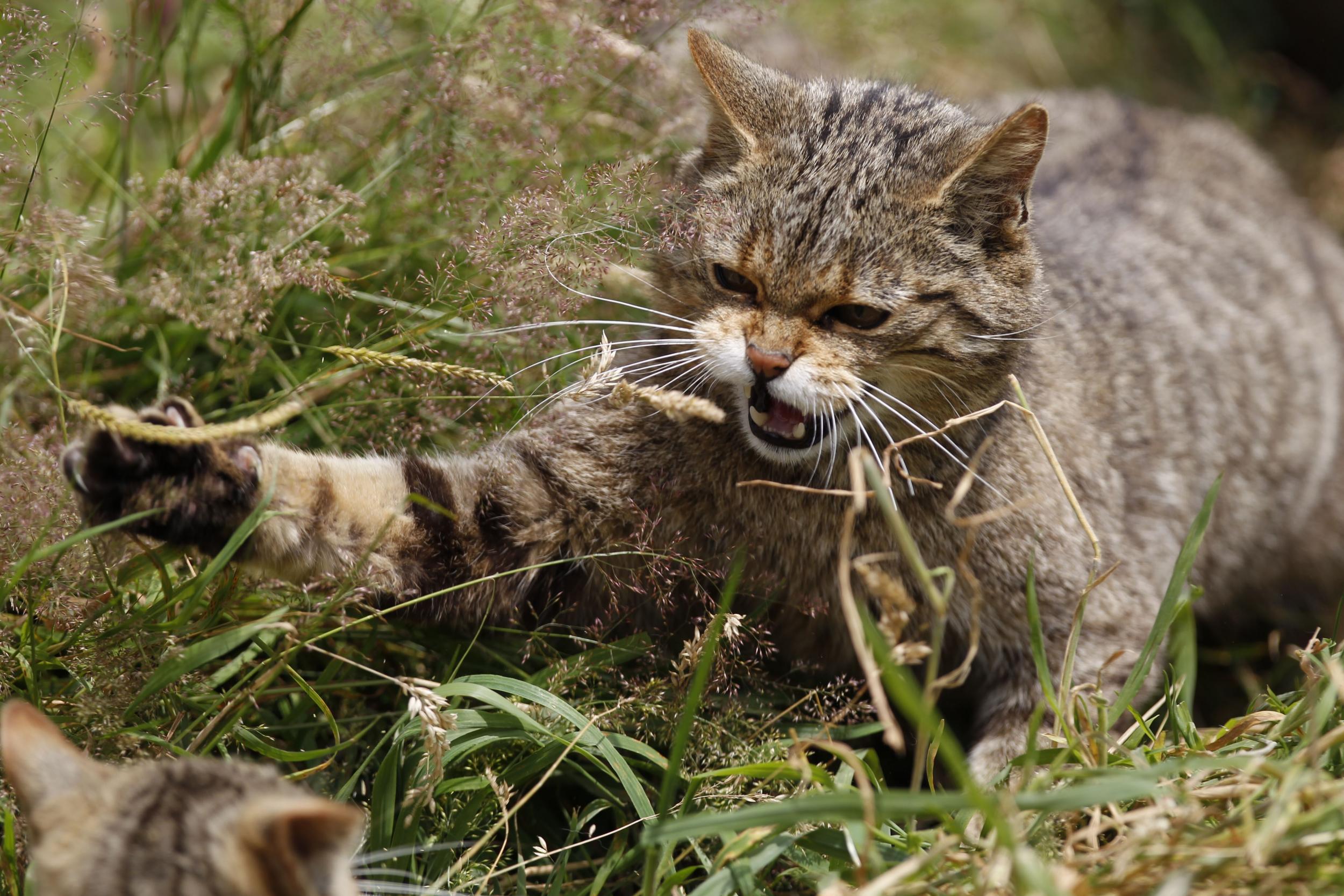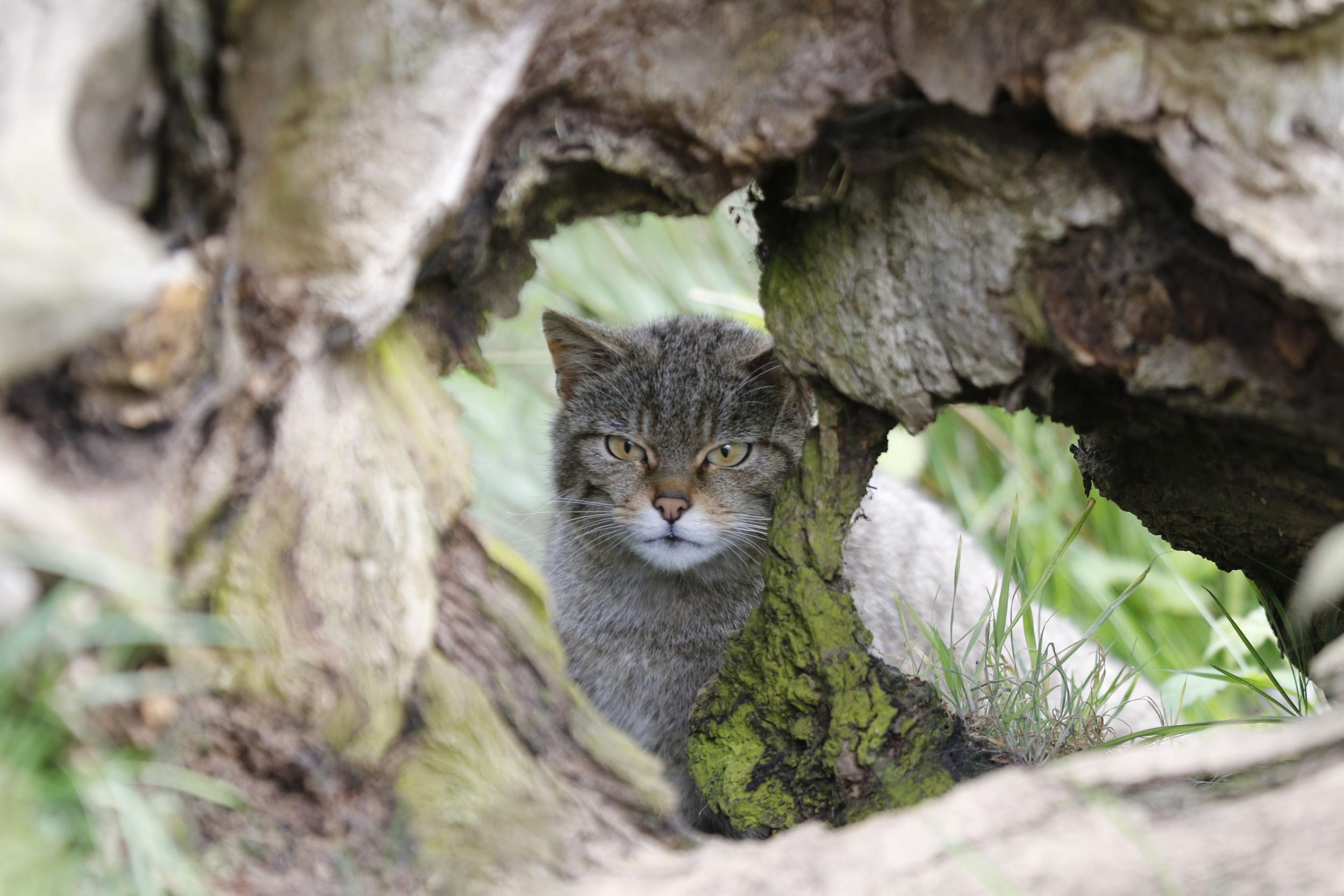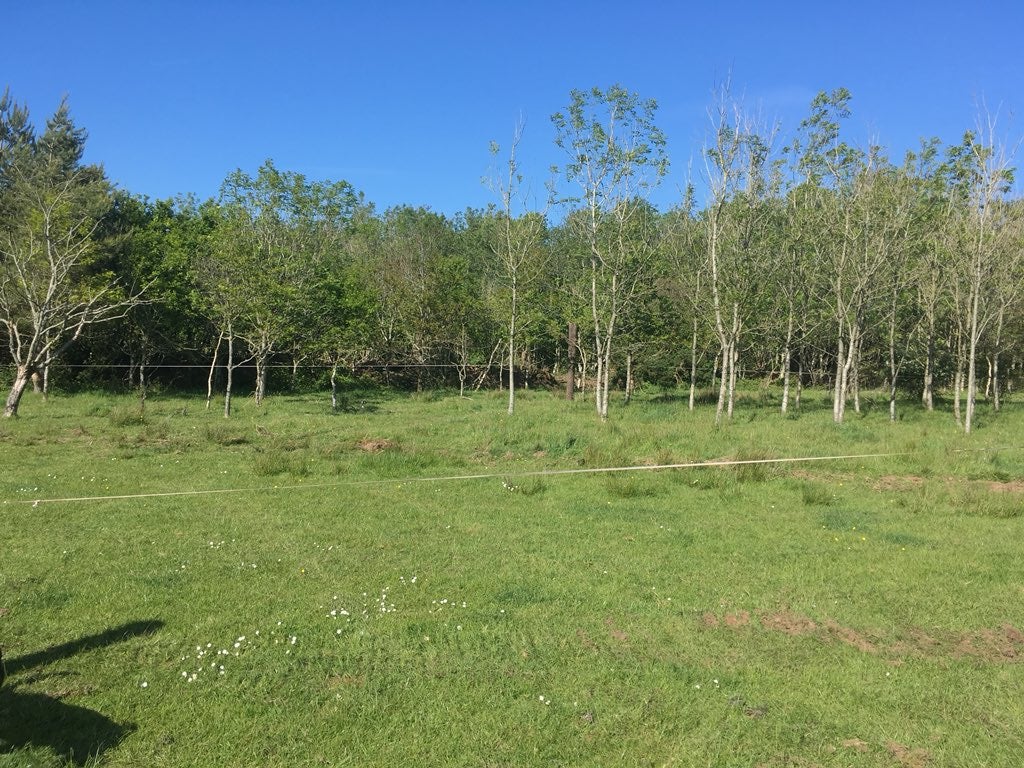Return of England’s wildcats: animals to be reintroduced after being declared extinct in 19th century
‘I would like to have wild cats all over the UK,’ says ecologist Derek Gow

Your support helps us to tell the story
From reproductive rights to climate change to Big Tech, The Independent is on the ground when the story is developing. Whether it's investigating the financials of Elon Musk's pro-Trump PAC or producing our latest documentary, 'The A Word', which shines a light on the American women fighting for reproductive rights, we know how important it is to parse out the facts from the messaging.
At such a critical moment in US history, we need reporters on the ground. Your donation allows us to keep sending journalists to speak to both sides of the story.
The Independent is trusted by Americans across the entire political spectrum. And unlike many other quality news outlets, we choose not to lock Americans out of our reporting and analysis with paywalls. We believe quality journalism should be available to everyone, paid for by those who can afford it.
Your support makes all the difference.Three families of wildcats are starting to be reintroduced in England this year after the species was declared extinct more than 150 years ago.
Conservationist Derek Gow, who is an expert on mammal reintroductions, is building England’s first wildcat breeding complex on his farm in west Devon.
He hopes to introduce the cats into the complex this year and then release them into the wild in three years’ time. His aim is to have a population large enough to breed 150 wildcat kittens every year.
These fierce felines were once widespread throughout English woodlands but after centuries of persecution they were declared extinct in the 1860s. The last confirmed sighting was in 1849.
The Scottish wildcat, also known as the Highland tiger, is the only native member of the cat family still found in the wild in Britain. There are just a few dozen left.

Mr Gow wants to bring wildcats back to the areas where they previously thrived. “We’re hopefully releasing three litters of kittens into the complex this year, and then eight next year,” he told The Independent.
“We’re aiming to get to the stage where we have a cat breeding population capable of producing 150 kittens a year. This should happen in three years and then we’ll start releasing them into the wild. I would like to have wild cats all over the UK,” he said.
Mr Gow posted pictures of his enclosures on Twitter. “Trepidation aside it’s going to look wonderful. We have decided to set one caravan next to the cat breeding pens so that the kittens playing in the evening can be viewed,” he said.
Wildcats have been living in Britain since at least the last Ice Age. They were rumoured by some to be man-eating predators and revered by others as quasi-mythical.
In practice these cats are incredibly shy and avoid all human contact but centuries of hunting took their toll.

“Wildcats were hunted ruthlessly in the past because they were a very effective predator,” said Mr Gow.
“In the middle ages, rabbits provided people with meat all year around and were a ready available source of fur. Wildcats were hunters of rabbits so people worked hard to kill them. Then after the industrial revolution the gamekeepers finished them off,” he said.

English financier and environmentalist Ben Goldsmith who is helping to fund the project said: “We have a moral duty to put right the wrongs that we’ve perpetrated in the past.”
“Wildcats are a keystone species and an important predator in the system. If you lose predators from an ecosystem you create imbalance and ecosystems don’t function correctly,” said Mr Goldsmith, who is also an adviser to Michael Gove and the Department for Environment, Food and Rural Affairs (Defra).
The typical British wildcat is similar in appearance to a domestic cat but they are larger with a wider face and jaw. They have well-defined brown and black stripes and a bushy tail.
The species is listed as critically endangered in Scotland.
At the end of last year a major study found that the Scottish population had interbred with domestic cats so much that they shared the same gene pool and were therefore “functionally extinct” in the wild.
There are about 100 wildcats in captivity in the UK with stronger wildcat genes.
“Most of the wild cats are complex hybrids of domestic cats and the only way we’re going to save these cats from extinction is to start breeding them,” said Mr Gow, who got his cats from a zoo in February. They are already in enclosures but without access to their natural environment.
“The best habitats are in southern England. At the end of the day, wildcats are meant to be here,” he said.
“Hybridisation doesn’t occur when you have a healthy population of wild cats,” according to Mr Goldsmith. He said Scottish wildcats hybridised with domestic cats because the population was so weak.
“We should see fewer feral domestic cats in the countryside because these pure wildcats will win the competition,” he said.
Mr Gow expects the cats to have a significant impact on reducing the number of grey squirrels, which are a non-native species.
A Defra spokesperson said: “The movement and release of any species in England, including wildcat, should follow the International Union for Conservation of Nature guidelines.
“These guidelines ensure there are clear environmental and socioeconomic benefits to gain from releasing the animals and that their welfare is maintained.”
A National Farmers’ Union spokesperson said the potential effects of reintroducing a species needs to be fully understood before these animals are released.
“Any species introduction, particularly if it has been absent from this country for many decades or even centuries, can have massive impacts on the many benefits that the countryside and farming delivers. The landscape could be very different and this poses potential risks,” the spokesperson said.
Join our commenting forum
Join thought-provoking conversations, follow other Independent readers and see their replies
Comments